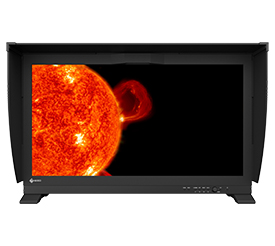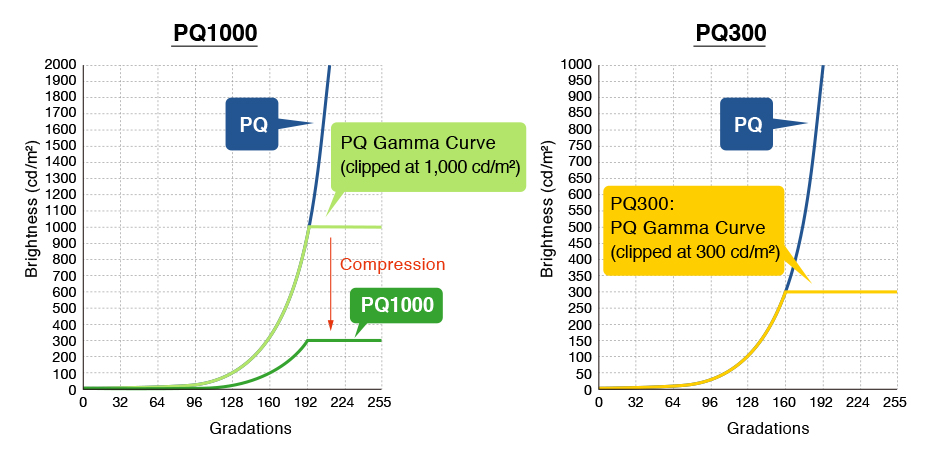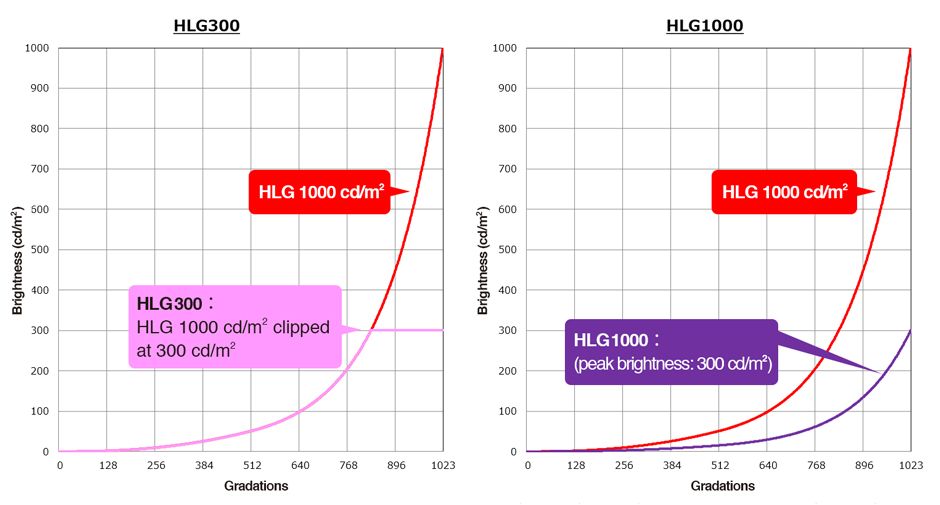Color Management Resources
The Ins and Outs of HDR ― HDR Workflow
 |
 |
 |
 |
HDR Workflow
A monitor environment where you can accurately check and evaluate both the brightness and colors of HDR content is absolutely indispensable to any HDR content production workflow.
The ColorEdge CG series provides the outstanding display performance needed for video production, with specialized functionality for a comfortable work environment. These monitors provide incredible support for every step of the HDR workflow, from checking the data from a shoot, to VFX and compositing work, to final color grading.
HDR Content Production Workflow |
||||
|
|
||||
| CG247X | CG279X | CG319X | CG3146 | |
Introducing EIZO’s HDR Reference Monitor
 |
|
EIZO's flagship HDR reference monitor is the first monitor to overcome the severe drawbacks of other HDR technologies available to the market. Building further upon this technology, the ColorEdge PROMINENCE CG3146 is the first true HDR reference monitor in the world to incorporate a built-in calibration sensor for ensuring the ultimate color-accurate and uniform HDR viewing environment. ColorEdge PROMINENCE monitors achieve 1000 cd/m2 brightness and 1,000,000:1 contrast ratio, making it ideal for color grading in the HDR workflow.
HDR Gamma Support for CG Series
|
The ColorEdge CG319X and CG279X come equipped with HLG and the PQ gamma curve for supporting HDR video. In addition, most other CG series models have the option to add these gamma curves as an upgrade. By enabling simplified HDR previews from the production steps, editing can be performed with a good idea of how the finished colors will look. |
 |
HLG and PQ gamma curves are added to the built-in color modes on each monitor to allow the display of HDR. After installation, the user can press a button on the front of the monitor to easily switch between color modes to match the task at hand.
In the PQ300 display mode, the brightness curve follows the PQ gamma curve until it reaches 300 cd/m2, becoming saturated for all gradations exceeding that point. This allows the accurate display of gradations corresponding to brightness levels of up to 300 cdm2, making it suitable for checking coloration of low-gradation areas.
In the PQ1000 display mode, the PQ gamma curve with a peak brightness of 1000 cd/m2 is compressed to fit within 300 cd/m2 to match the brightness of the monitor. This allows the display of every gradation from 0 - 1023 at 300 cd/m2 brightness for checking the overall balance of gradation in the content.

In the HLG300 display mode, the brightness curve follows hybrid log-gamma until it reaches 300 cd/m2, becoming saturated for all gradations exceeding that point. This allows the accurate display of gradations corresponding to brightness levels of up to 300 cd/m2, making it suitable for checking coloration of low-gradation areas.
In the HLG1000 display mode, the brightness curve follows hybrid log-gamma with a peak brightness of 300 cd/m2 to display every gradation from 0 - 1023 at 300 cd/m2 brightness. This is useful for checking the overall balance of gradation in the content, particularly for simulating how content will appear on SDR televisions.

Visible Difference (image for illustrative purposes) |
|
 PQ1000: Overall tone balance is accurately displayed |
 PQ300: Low-gradation areas are accurately displayed |
 |
 |
 |
 |









